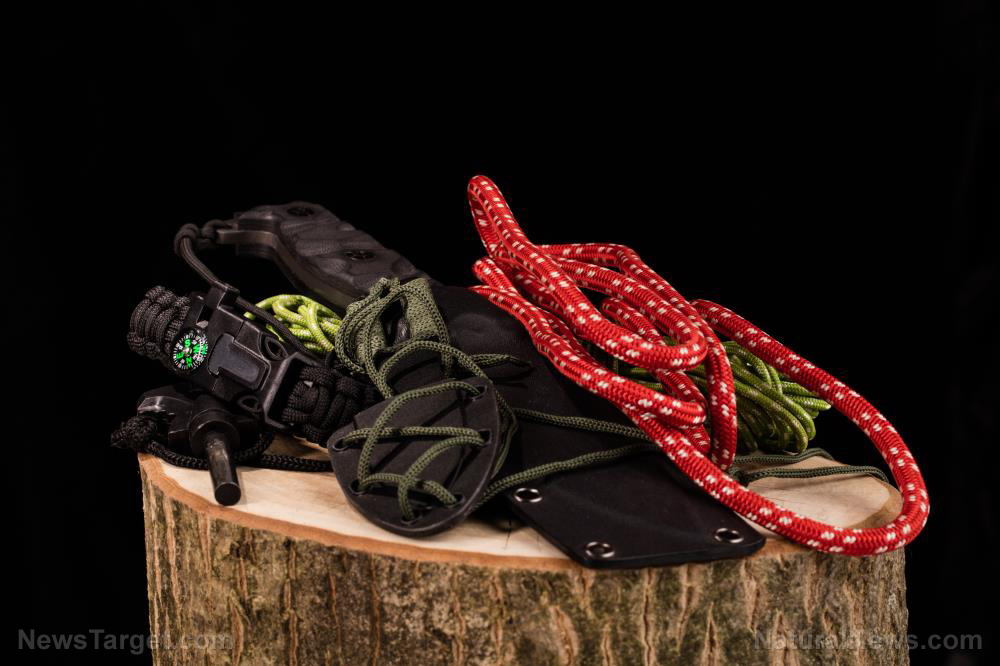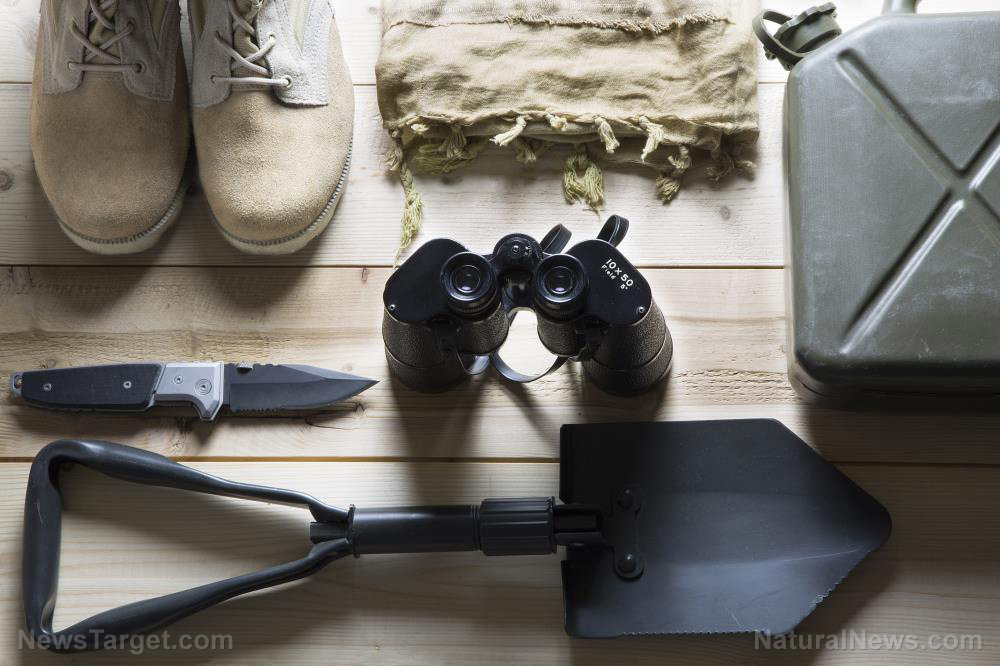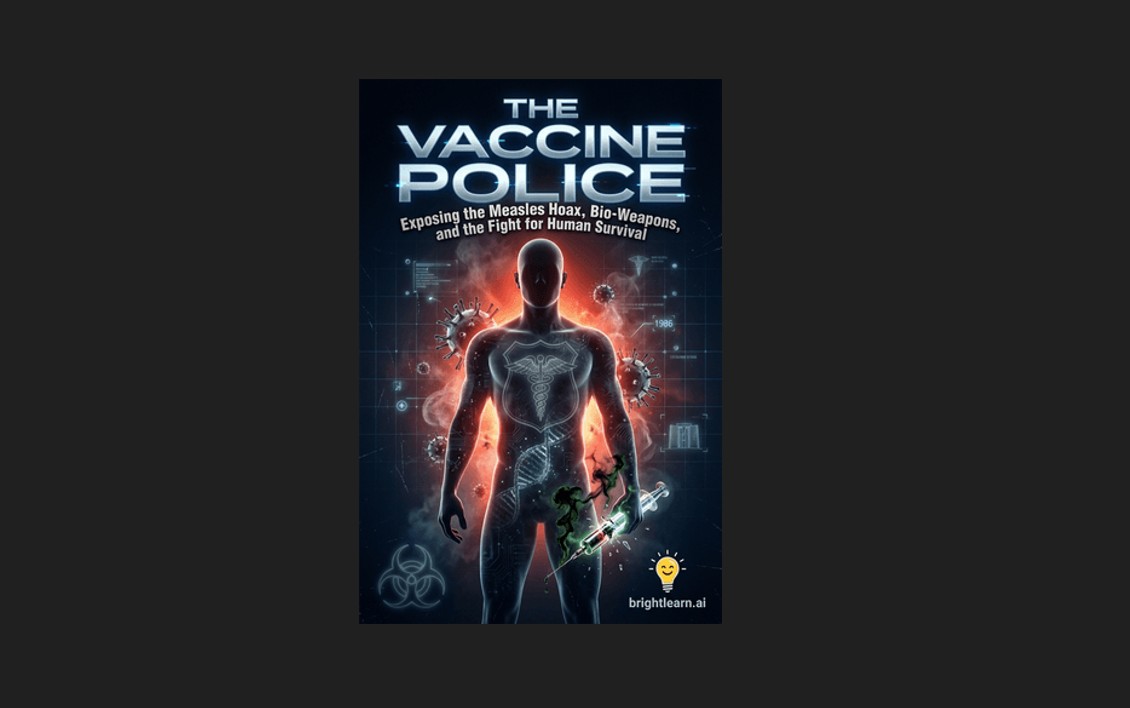
1. Choose the right-sized trailer
Bugout trailers come in all shapes and sizes, and each has its pros and cons. For instance, small bugout trailers, though lightweight and mobile, can only pack so much. It may also only be enough for one person to sleep in. Meanwhile, some bugout trailers are big enough to house two or more people on top of the supplies. The only downside to big trailers is their weight. You'll need a more powerful vehicle, such as a truck or an SUV, to tow a large trailer. Consider these factors carefully when choosing what size trailer to get.2. Choose whether to get an open or an enclosed trailer
Trailers can be open or closed. An open trailer has lower sides, which makes for easier packing. It's also lighter, meaning you don't need a large or powerful vehicle to tow it. Because the trailer is open, your supplies will also be exposed. You also can't use an open trailer as a shelter because of the lack of protection. An enclosed trailer, on the other hand, has solid walls, a roof and a door, allowing for privacy and protection. It can also be easily secured by adding locks to the door. However, enclosed trailers tend to be heavier and more expensive. Packing and unpacking can also be more difficult because of the cramped, walled-in space inside.3. Determine where to store the trailer
Don't just leave your bugout trailer out on the driveway where it could be looted or stolen. Consider where your trailer will be stored. Ideally, your trailer should already be loaded with supplies so that it's ready to go when you need to bug out. An example of a good location would be the garage or somewhere close to your home.4. Pack the trailer with survival essentials
Pack your trailer the same way you would your BOB. Pack survival essentials, such as nonperishable food, bottled water, matches, multitools, radio, batteries and first-aid kits. (Related: Non-traditional places to find inexpensive survival supplies.)5. Consider adding accessories
Some items help make it easier to keep supplies in the trailer in place, protect the trailer itself and do necessary repairs. Here are some items that would be helpful to have in a bugout trailer:- Cordage – Ropes and straps help keep your supplies secure inside the trailer. You don't want supplies to end up on the floor every time you tow your trailer somewhere.
- Large tarps – Large, heavy-duty tarps help protect your trailer from the elements and keep your supplies hidden from curious eyes.
- Extra locks and keys – If your trailer has been broken into, chances are the lock has been damaged. Change it immediately to secure your trailer and leave the area immediately.
- Flashlights – Pack extra flashlights if your trailer doesn't come with interior lights so that you can easily find what you need inside the trailer when it's dark out.
- Tools – Pack hand tools and hardware to fix possible issues, such as a flat tire or a broken door.
Survival essentials: 10 C’s of wilderness survival
By Divina Ramirez // Share
How to light your way after an EMP event
By Mary Villareal // Share
Pesticide cocktails found to be more dangerous to bees than expected
By Mary Villareal // Share
California shuts down second-largest hydroelectric power plant due to extreme drought
By Arsenio Toledo // Share
5 Survival items you DON’T need in your bugout bag
By Divina Ramirez // Share
RFK's HHS Dismantles FDA's Radiation Lies, Launches Probe Into Cellphone Cancer Threat
By healthranger // Share
The Insurrection Act and America's Final Tribal War
By healthranger // Share
The Vaccine Police: Exposing the measles hoax and depopulation agenda
By bellecarter // Share
Trump demands new leadership in Iran amid mass protests and suppression
By bellecarter // Share











